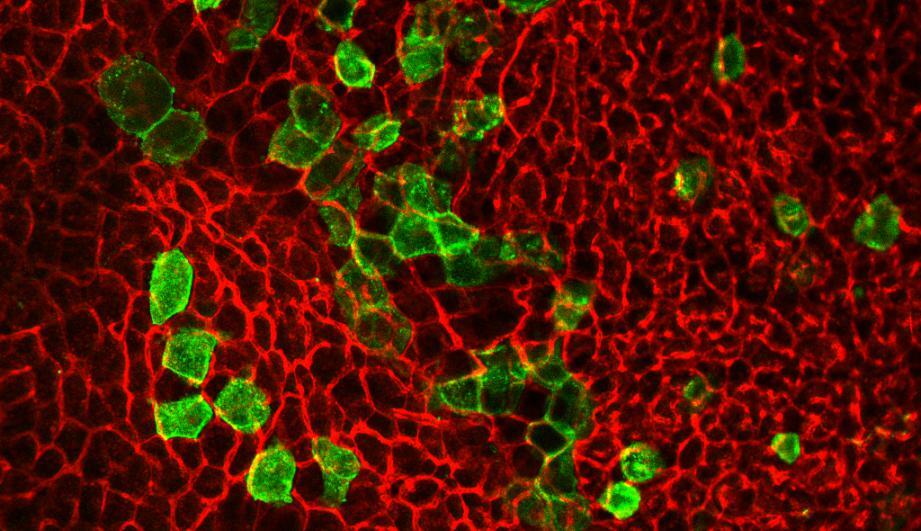HSCI researchers identify new potential target for obesity therapy

Harvard Stem Cell Institute (HSCI) researchers have uncovered a new source of energy-burning brown fat cells, which points toward potential new therapeutic options for obesity. Published in the journal Nature Metabolism, their results identify smooth muscle cells that express Trpv1 — a receptor that senses noxious stimuli, including pain and temperature — as a novel way to target brown fat development.
“The capacity of brown and beige fat cells to burn fuel and produce heat, especially upon exposure to cold temperatures, have long made them an attractive target for treating obesity and other metabolic disorders,” said co-senior author Yu-Hua Tseng, HSCI Principal Faculty member and Senior Investigator at Joslin Diabetes Center. “And yet, the precise origins of cold-induced brown adipocytes and mechanisms of action have remained a bit of a mystery.”
To identify new sources of brown fat cells, the researchers first investigated the general cellular makeup of brown adipose tissue from mice housed at different temperatures and lengths of time. They used single-cell RNA sequencing approaches to try to identify all types of cells present, which avoided issues of potential bias towards one particular cell type.
As well as identifying the previously known source of energy-burning brown fat cells, their analysis of the single-cell RNA sequencing data suggested another distinct population of cells doing the same job: cells derived from smooth muscle expressing Trpv1+. The receptor has previously been identified in a range of cell types and is involved in pain and heat sensation.
Further investigations with mouse models confirmed that the Trpv1-positive smooth muscle cells gave rise to the brown energy-burning version of fat cells, especially when exposed to cold temperatures. Additional experiments also showed that the Trpv1-positive cells were a source for beige fat cells that appear in response to cold in white fat, further expanding the potential influence of Trpv1-expressing precursor cells.
“These findings show the plasticity of vascular smooth muscle lineage and expand the repertoire of cellular sources that can be targeted to enhance brown fat function and promote metabolic health,” said the first author Farnaz Shamsi.
Brown adipose tissue is the major heat-generating organ in the body, and increasing brown fat heat production and general energy expenditure is seen as one potential approach to treating obesity.
“The identification of Trpv1-expressing cells as a new source of cold-induced brown or beige adipocytes suggests it might be possible to refine the use of cold temperatures to treat obesity by developing drugs that recapitulate the effects of cold exposure at the cellular level,” said Tseng.
The researchers noted that Trpv1 has a role in detecting multiple noxious stimuli, including capsaicin (the pungent component in chili peppers), and that previous studies suggest administration in both humans and animals results in reduced food intake and increased energy expenditure.
Tseng added: “Further studies are now planned to address the role of the Trpv1 channel and its ligands and whether it is possible to target these cells to increase numbers of thermogenic adipocytes as a therapeutic approach towards obesity.”
Read more
This story was adapted from a press release by Joslin Diabetes Center, published on April 12, 2021.
Funding for the study was provided by US National Institutes of Health grants, the National Institute of Diabetes and Digestive and Kidney Diseases and the American Diabetes Association.
Source article: Shamsi, F. et al. (2021). Vascular smooth muscle-derived Trpv1+ progenitors are a source of cold-induced thermogenic adipocytes. Nature Metabolism. DOI: 10.1038/s42255-021-00373-z
